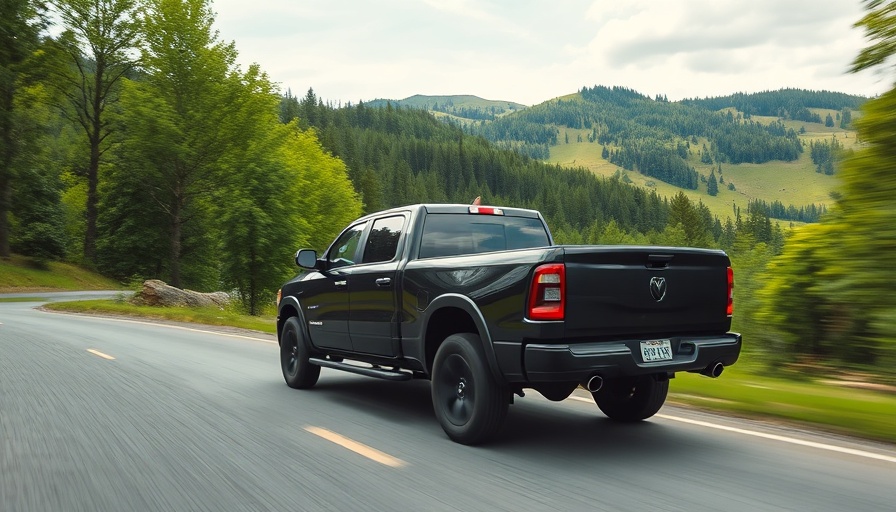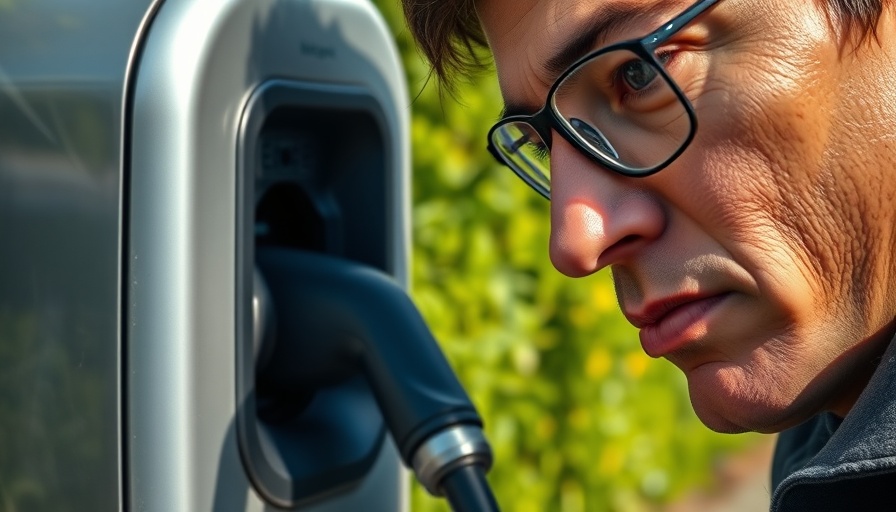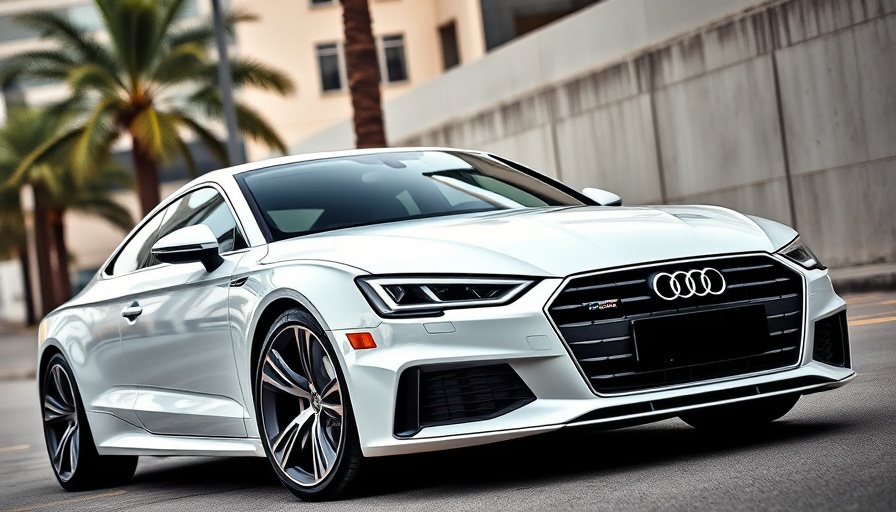
Revolutionizing Two-Wheel Mobility: Suzuki's Latest Innovations
At the Bharat Mobility Global Expo 2025, Suzuki Motor Corporation made headlines by unveiling three groundbreaking motorcycle models, including the all-new e-ACCESS—their first-ever battery electric vehicle (BEV) for motorcycles. This launch signals a strategic pivot towards eco-friendly transportation, reinforcing Suzuki’s commitment to a sustainable future.
Motorcycle Market Trends: The Shift to Electric
The introduction of the e-ACCESS represents a critical shift in the Indian motorcycle market. With electric scooters gaining traction among consumers, Suzuki aims to capture this burgeoning segment. The global push for carbon neutrality has influenced manufacturers to explore alternative powertrains, and Suzuki’s move into the BEV space aligns perfectly with these market demands.
The e-ACCESS: A Blend of Functionality and Style
Designed with versatility in mind, the e-ACCESS offers a smooth, quiet powertrain that leverages a lithium iron-phosphate battery. Its features—including a 17L under-seat storage, keyless ignition, and smart connectivity through a TFT LCD display—cater to the modern rider’s needs. By integrating advanced technology while maintaining user comfort, Suzuki promises a riding experience that resonates with both new buyers and loyal customers.
Reassessing Mobility with a Sustainable Lens
As the automotive industry grapples with environmental challenges, Suzuki has reaffirmed its dedication to innovative solutions. Alongside the e-ACCESS, new models like ACCESS and the bioethanol-powered GIXXER SF250 highlight a diverse approach to sustainable riding options that include synthetic fuels and hydrogen engines. This strategy not only addresses current environmental concerns but also positions Suzuki as a leader in green mobility solutions.
The Retail Sales Landscape: Leveraging New Technologies
For dealer principals, general managers, and finance managers in the motorcycle sector, understanding the implications of these new models is vital. Suzuki’s new offerings bring forth opportunities in retail sales through eco-friendly financing options and innovative selling points, appealing to an increasingly environmentally conscious consumer base. Engaging with customers around the benefits of BEVs can enhance dealership performance and drive adoption.
Preparing for a New Era of Urban Mobility
With production set to begin in March 2025, followed by sales in April, Suzuki's strategic timing allows dealers to prepare for imminent shifts within the market. This readiness will enable sales teams to maximize early interest and share insights on the evolving landscape of urban mobility products. Insights into customer preferences can further refine pitching techniques for these new motorcycles.
Conclusion: Embrace the Future of Ride
The unveiling of Suzuki’s new models at the Bharat Mobility Global Expo 2025 is more than just product launches; it signifies a robust commitment to the future of mobility. For stakeholders in the retail motorcycle industry, tapping into the electric and sustainable narrative may just be key to aligning with the market’s trajectory. Engaging in these conversations now can position dealerships advantageously as they prepare for an exciting, eco-friendly future.
 Add Row
Add Row  Add
Add 




Write A Comment